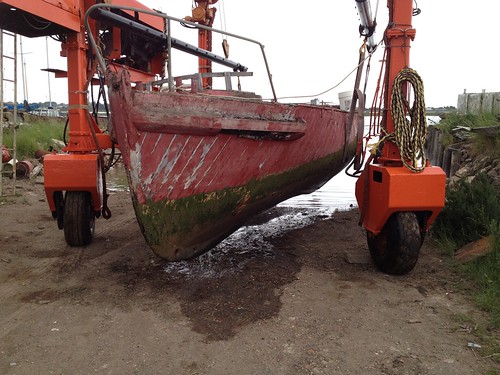gavros
New member
Had some really good meetings the past couple of weeks. I hope to be able to announce soon the date for the return of the first of the Thames Ironworks boats to London. Meanwhile, here's some more history:
Churchill and the end of the Thames Ironworks
Winston Churchill became First Lord of the Admiralty in 1911, a crucial post in an Empire that relied on the sea for its existence. In 1912 the Admiralty tendered for two warships. The Thames Ironworks, out of twelve bidders, submitted the highest estimate. The London-based shipbuilders could not compete with the northern yards in terms of labour costs (the southern union movement at that time being much stronger than that in the north, where 14 hour days were still common), nor could they compete with the lower costs of coal and iron ore transportation. The decisive factor, though, was the oligopoly deal that a group of northern yards, led by Vickers, had with La Societe De Nickel, which allowed them to access the crucial metal at a much lower price than competitors. Arnold Hills, Chairman of the Ironworks, petitioned Churchill about the number of disadvantages that the London-based shipbuilders faced, but his protests fell on deaf ears. Thus ended the thousand years of shipbuilding on the Thames. Though not Churchill's finest hour, we'll let him off him for his role in saving Western civilisation.

https://www.facebook.com/TIHTUK
Churchill and the end of the Thames Ironworks
Winston Churchill became First Lord of the Admiralty in 1911, a crucial post in an Empire that relied on the sea for its existence. In 1912 the Admiralty tendered for two warships. The Thames Ironworks, out of twelve bidders, submitted the highest estimate. The London-based shipbuilders could not compete with the northern yards in terms of labour costs (the southern union movement at that time being much stronger than that in the north, where 14 hour days were still common), nor could they compete with the lower costs of coal and iron ore transportation. The decisive factor, though, was the oligopoly deal that a group of northern yards, led by Vickers, had with La Societe De Nickel, which allowed them to access the crucial metal at a much lower price than competitors. Arnold Hills, Chairman of the Ironworks, petitioned Churchill about the number of disadvantages that the London-based shipbuilders faced, but his protests fell on deaf ears. Thus ended the thousand years of shipbuilding on the Thames. Though not Churchill's finest hour, we'll let him off him for his role in saving Western civilisation.

https://www.facebook.com/TIHTUK







